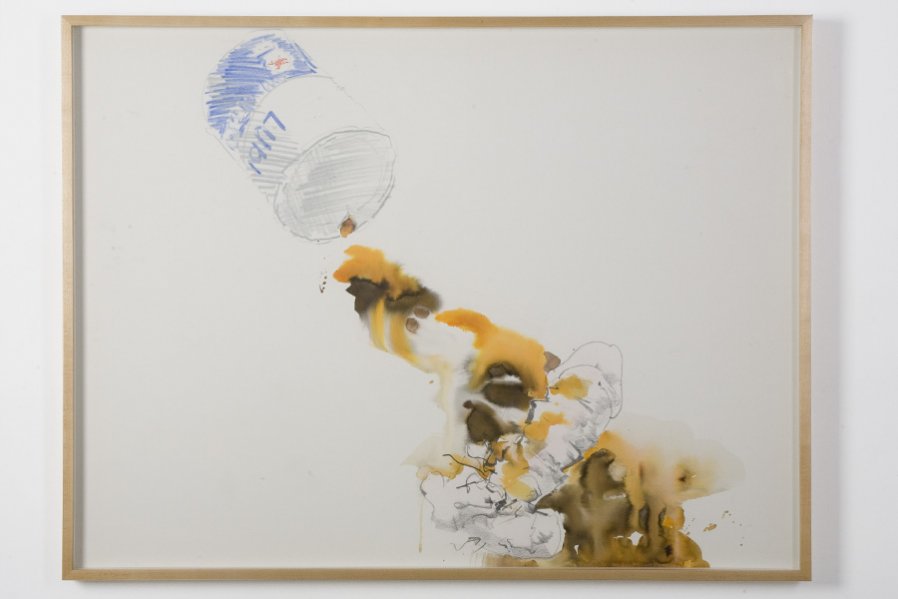
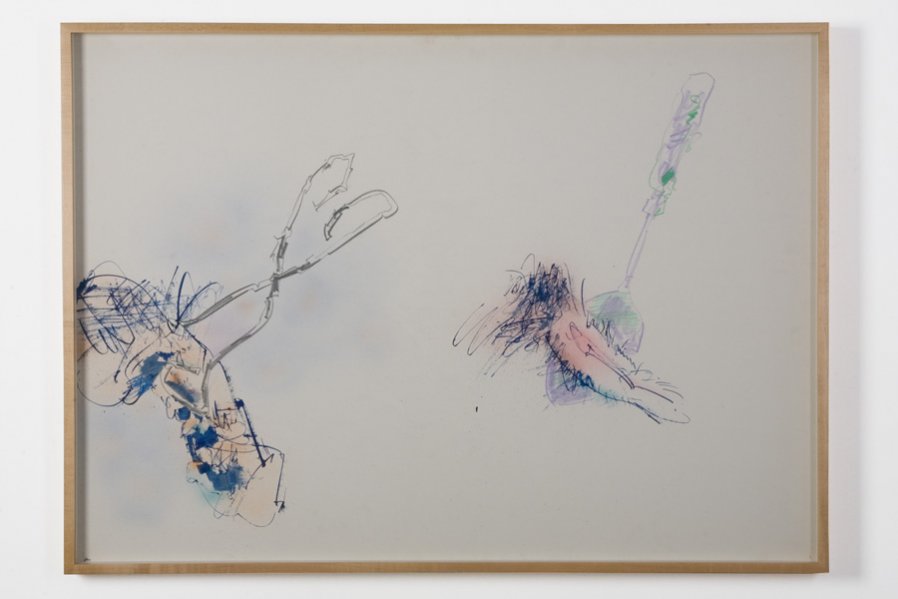
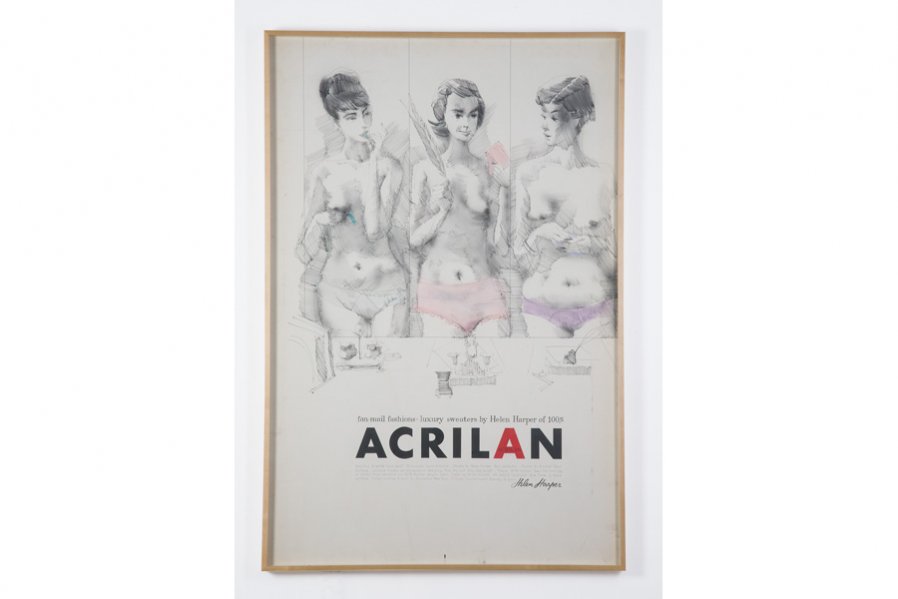
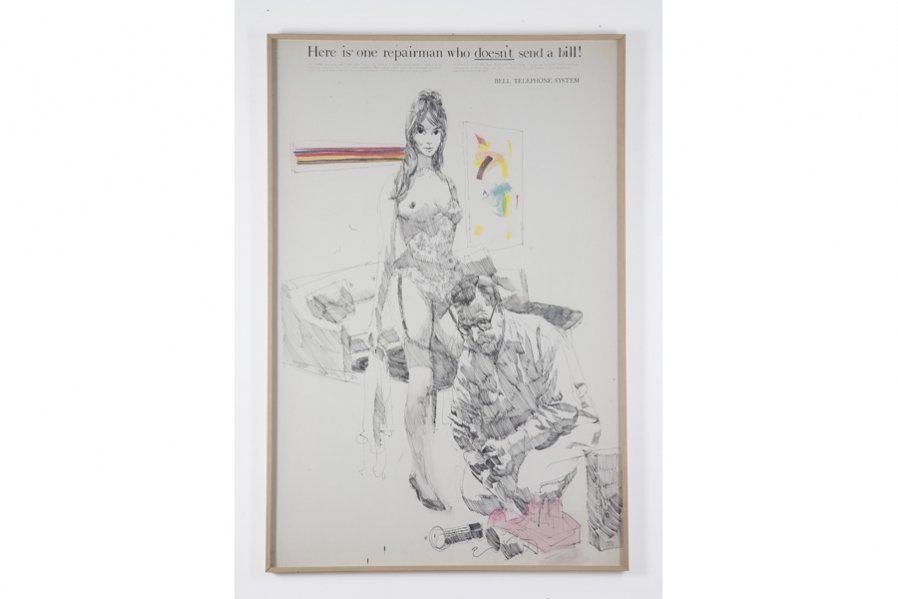
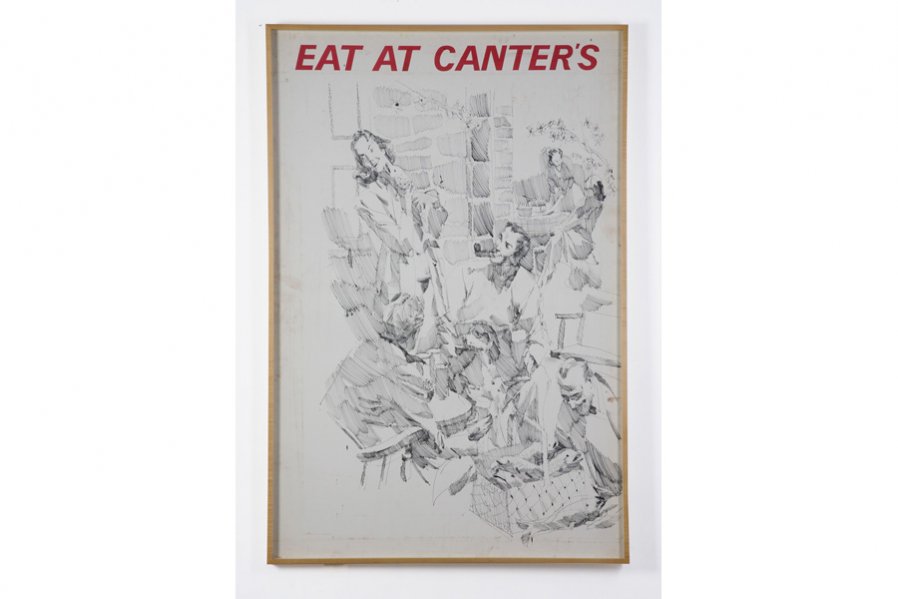
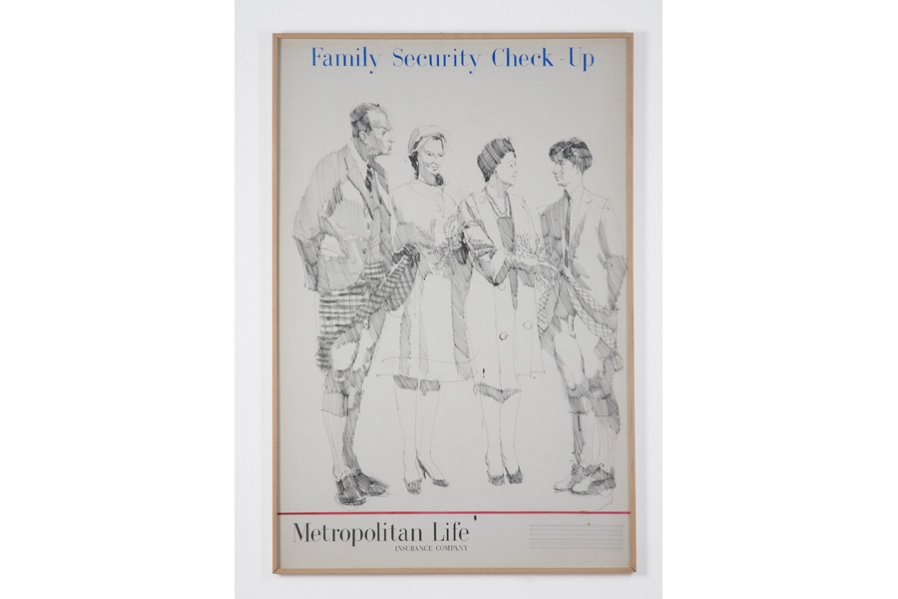
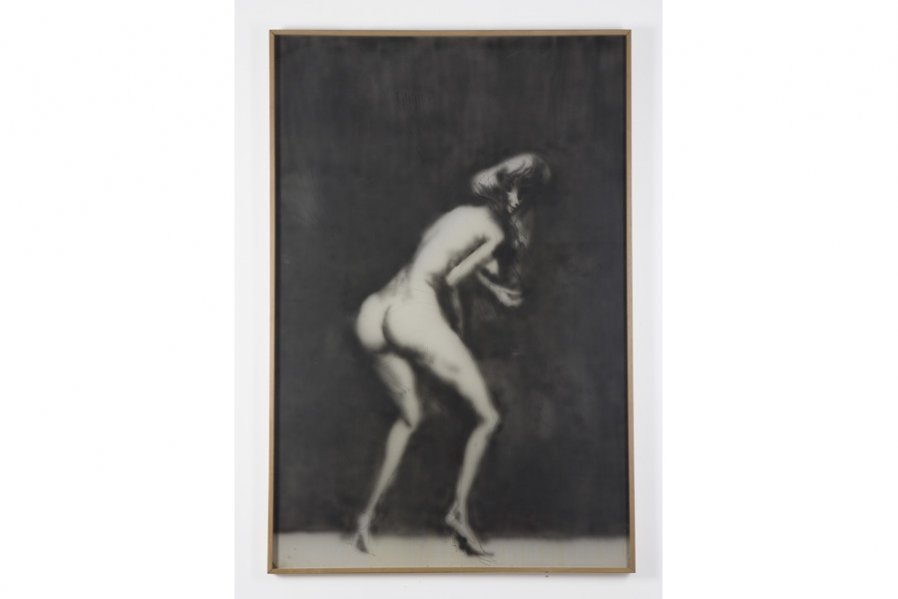
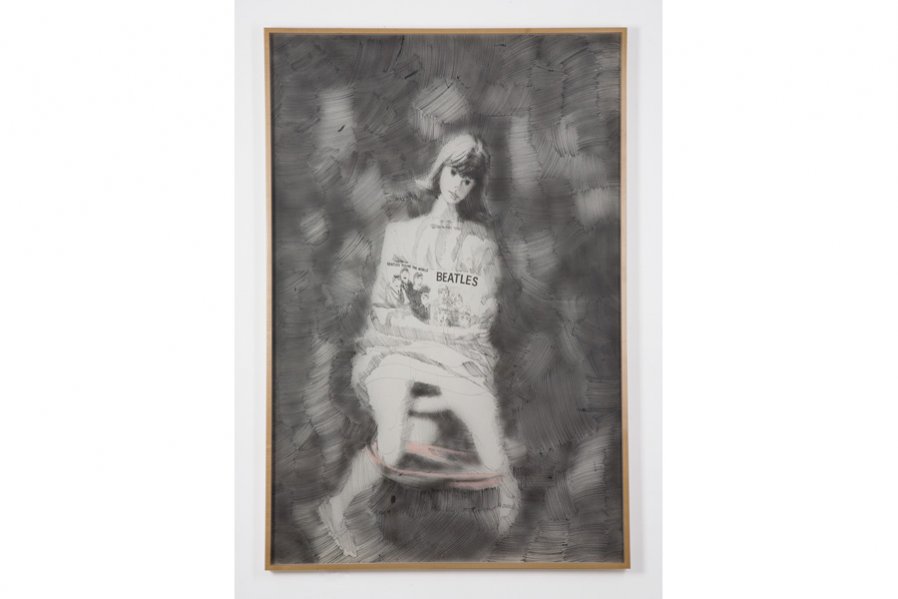
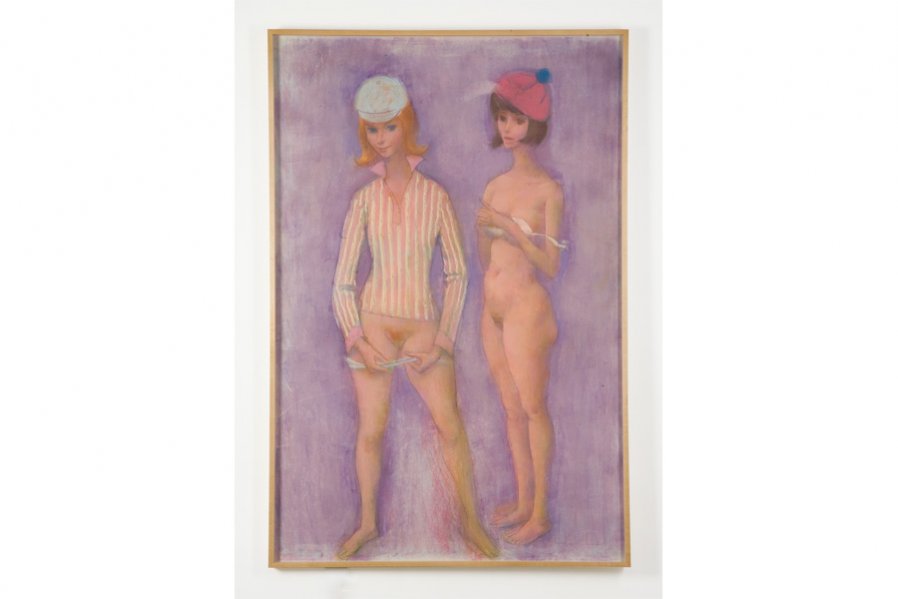
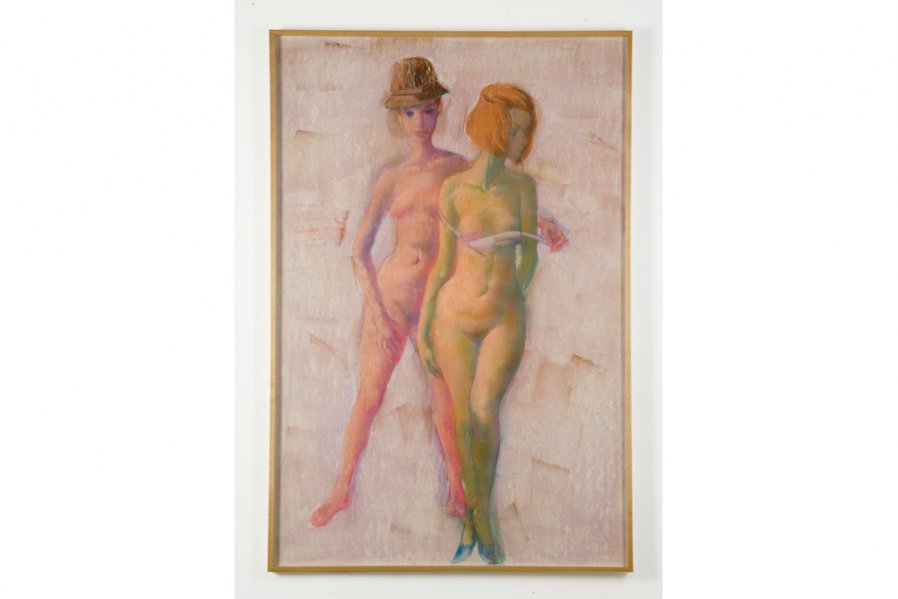
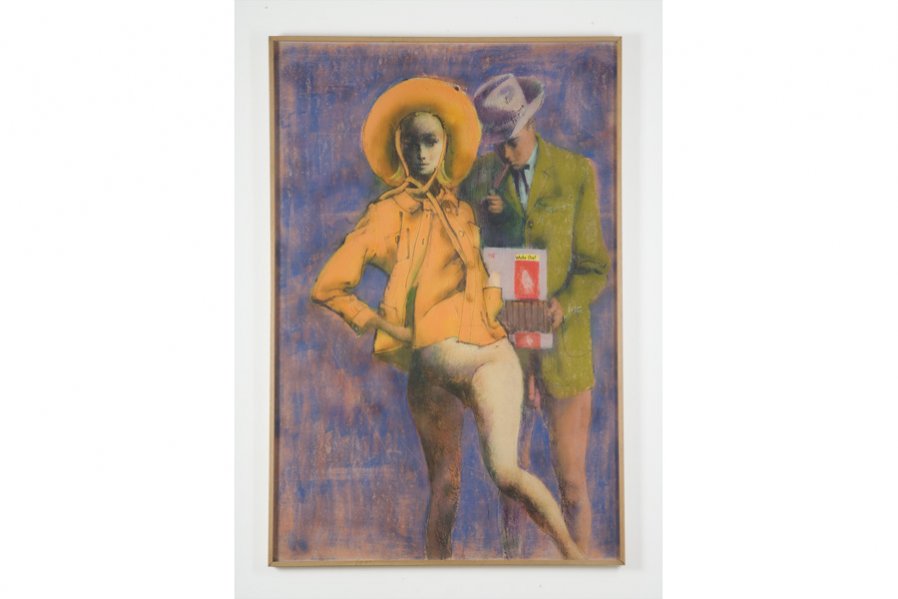
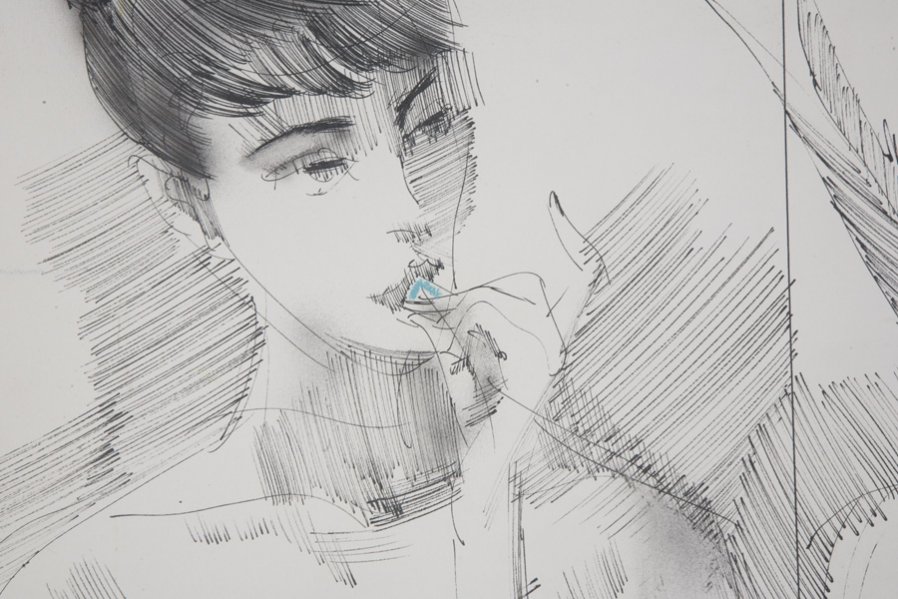
- Opening Reception: September 13th 2008, 6-8 pm
The Box gallery is pleased to present a solo exhibition of John Altoon drawings. Altoon, who died an untimely death of a heart attack at the age of 43 in1969, was a prominent figure in the Ferus gallery in the 1950s and 1960s. A solo exhibition of his work hasn’t been done in Los Angeles since 1988. While Altoon is primarily known for his abstract drawings and paintings, this exhibition will show some of his lesser-known figurative drawings from his Advertising Parodies and large-scale pastels of 1962 and 1963, his Animal series of 1966-68, and his Cowboys and Indians series and Object series both of 1968. The works for this exhibition were selected to reveal an alternate side of Altoon’s artistic vision.
The Advertising Parodies and large-scale pastels that Altoon did between 1962 and 1963 delve into Altoon’s exploration of the figure in media and pop culture. In the Advertising Parodies, Altoon pulls imagery and text from commercial advertisements. These pieces are not only evidence of his illustrative talent they also reflect Altoon’s distaste for America’s avarice and the use of the sexual body in advertisements to make a profit. These pieces have been criticized for their use of the female body, however in most cases these pieces represent Altoon's disapproval of the exploitation of the female form by advertisers and media to sell product. One example in the exhibition that reveals this criticism is a satire of a Colgate toothpaste advertisement. In this piece a male figure opens a door exposing a half naked woman. In the background, behind the woman, a crucifix hangs on the wall but instead of Jesus Christ a female nude is crucified. So while a woman is seen partially clothed, the replacement of a female for Christ is empowering for women. Altoon continued to explore the female body but in a more overtly erotic context in his Cowboy and Indian series and his Animal series.
In both the Cowboy and Indian series and the Animal series, Altoon’s comical and sexually explicit implications are fully revealed. However in the case of the Cowboy and Indian series Altoon is again expressing his distaste of society, only in this case instead of scrutinizing media culture he is exploring the exploitive relationships between Westerners and Native Americans. The Animal series and other drawings of this time being shown in this exhibition, explore surreal and absurd imagery. The absurdity of the imagery is sometimes comical while often maintaining a disturbing element. These pieces also exhibit a shift in his drawing style, revealing a looser line that makes certain elements of the image indiscernible. The subject matter of these pieces seems to enable Altoon not only to explore his own personal sexual curiosities but also to expose Western society’s social insecurities.
The final group of drawings in the exhibition is the Object series. These pieces depict genitalia dissociated from the body, isolated in space with other social iconography such as clothing, food products, and at their most severe, flammable liquids. These pieces are shocking in many cases, making the viewer pull away with fear or giggle to hide their discomfort; in any case, these pieces seem to explore the fear of castration, and also suggest the human identity represented by its sexual organs. The sexual organs become characters telling stories of violence, play and/or interrelations. These pieces done at the end of Altoon’s life seem to blend sexual curiosities and comical interplay with the fear of reckless abandon.
Altoon was based in Los Angeles and was a major influence early in his career and well after his death. Altoon was a key figure of Ferus gallery that was one of the most vital galleries in Los Angeles and the United States in the 1960s. Many of his friends also proved to be key figures in art history, including Ed Kienholz, Robert Irwin, Billy Al Bengston and Ed Rusha. Altoon was known as a charismatic and emotionally troubled man who lived passionately and made art that explored the beauties and tensions that life often unleashes upon us.
By Monique Prieto, as told to Jori Finkel
The Los Angeles Times: Culture Monster
23 November 2011
By Cedar Sigo
SFMOMA blog
15 September 2009
Best Shows in Los Angeles 2008
By Catherine Taft
Saatchi Online